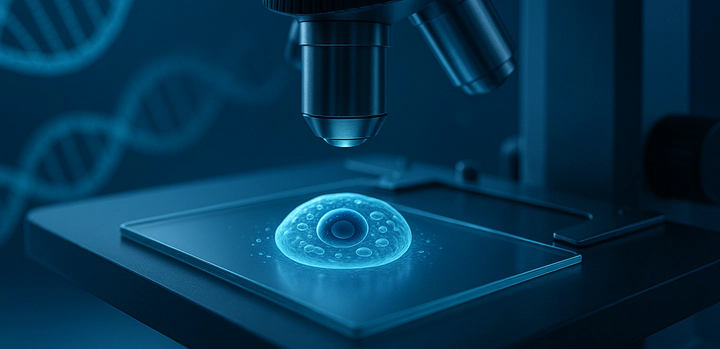MechanoSynth
 AI generated
AI generatedDecoding and engineering multiscale mechanoresponses in synthetic and biological tissues
Physical forces are crucial in development, tissue maintenance, and disease. Tissues display complex mechanical behaviors such as viscoelasticity, strain-stiffening, and phase transitions, which are essential for biological function. However, the mechanisms behind these macroscopic properties remain unclear. While some features can result from passive physical effects, as seen in soft materials like polymer gels, living tissues also involve active processes such as mechanosensing, where cells exert and respond to forces. Because both passive and active mechanisms operate across multiple spatial and temporal scales, distinguishing their contributions to tissue mechanics is challenging.
Progress has been limited by the lack of experimental methods that can measure tissue-scale mechanical properties while simultaneously visualizing cellular and molecular dynamics. To address this, the proposed research combines material science, developmental biology, and physics through a reductionist approach. It will use functionalized biomimetic emulsions and zebrafish gastruloids to create materials with tunable mechanical responses, analyzed using an innovative opto-rheological platform. Integrating these findings into a biophysical theory will reveal how microscopic interactions generate distinct mechanical behaviors in living versus synthetic tissues. Ultimately, this work aims to reconstruct and understand how passive and active mechanical processes interact, enabling the rational design of new living materials.
The project also involves:
- IMP - Research Institute of Molecular Pathology, Vienna: Diana Pinheiro
- Institute of Science and Technology Austria (ISTA): Edouard Hannezo